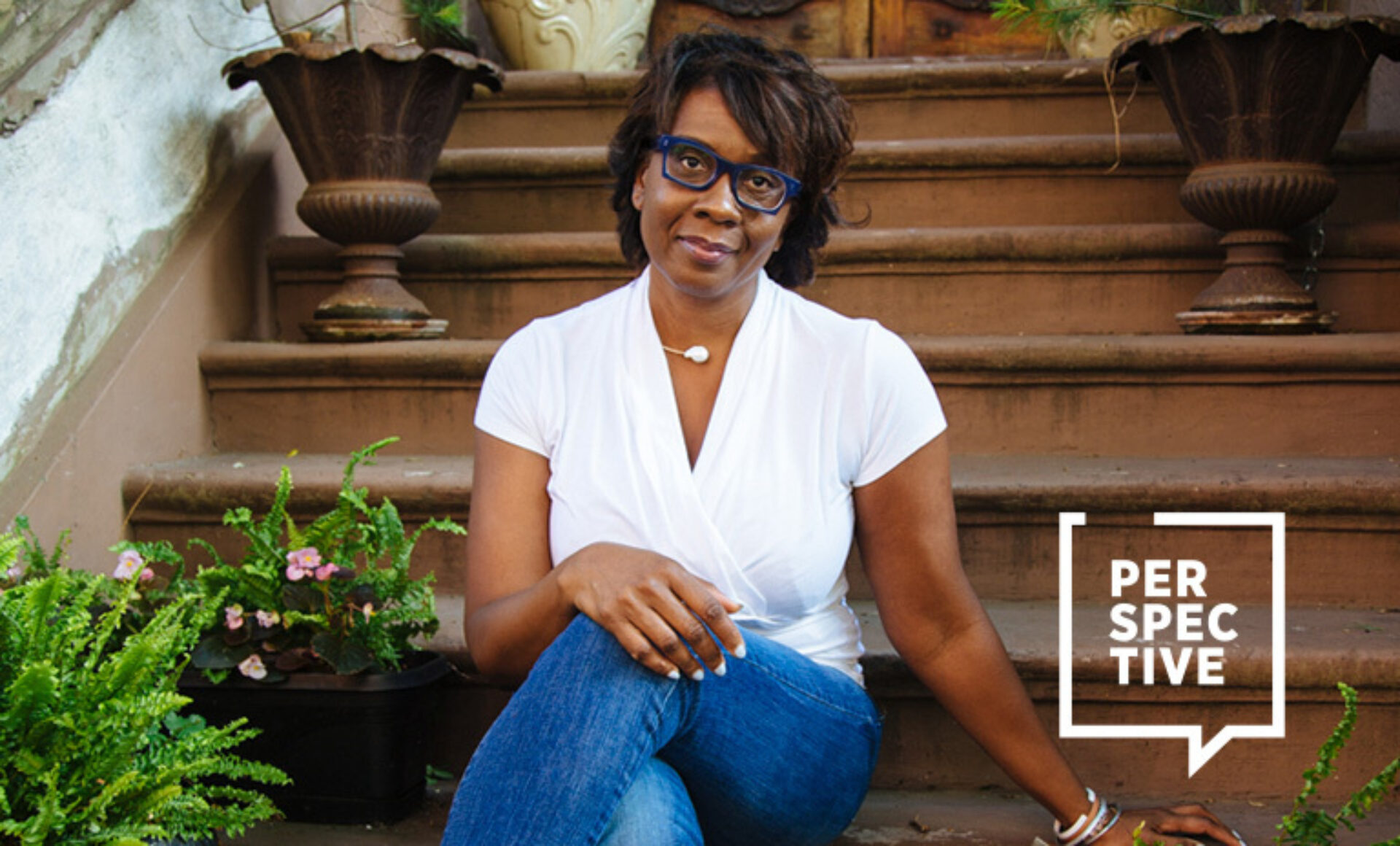The move to automation was well underway prior to the pandemic—it just looked a lot different. The bleeding-edge tech of the time focused on efficiency and on-demand availability. Then came COVID-19. The tiny virus brought big changes—both hastening the rise of automation in interior design and also altering its trajectory. Now one of the technology’s big selling points is safety and how it can reduce unnecessary person-to-person encounters and contact with public surfaces.
“Everyone wants to limit physical interactions right now, and automation helps that happen,” says Margi Kaminski co-director of healthcare interiors at CannonDesign, Chicago. Since the outbreak, her health system clients have leaned heavily into the tech, adding features like automated registration kiosks and body-scan booths in primary-care clinics.
The push to integrate automation isn’t limited to healthcare, of course. Designers across industries are rushing to incorporate touchless elements, from automatic doors in retail stores and mobile phone-activated keys that open hotel rooms to voice-activated elevators and hands-free light switches in office buildings. All of this is changing user behavior accordingly: Contactless payments have increased by 69% since January 2020, according to the U.S. National Retail Federation.
While COVID gets credit for the shift in emphasis, it merely added fuel to automation’s ascent. Going back to a 2018 McKinsey study, more than half of companies across the globe reported they had either implemented or piloted an automation project. And the technology is becoming increasingly ubiquitous across a range of physical spaces, from self-driving cars to office buildings whose walls and window shades realign themselves several times a day to maximize energy efficiency. Government leaders in Saudi Arabia are even developing a $500 billion automated city dubbed Neom.

Photo by Michael Grimm

Photo by Michael Grimm
Chain Reaction
Despite the technology’s great promise, designers must proceed carefully—the presence of automation often alters the ways in which people interact with their environment. For example, the design team for Temple University’s new Charles Library in Philadelphia introduced automated stacks: A machine, rather than a librarian, retrieves books on behalf of the library’s users. The switch to a book bot is a huge plus for efficiency and opened up the space for public events and classrooms, but it also cuts back the time-honored tradition of browsing the stacks that often leads to new discoveries.
“You have to think carefully about automation, and what are the aspects of the environment where we want to feel that we have control, versus where we're comfortable giving it up or being in dialogue with the [automated] effect,” says Chad Carpenter, LEED-AP, a New York-based designer who led the Charles Library project for Norwegian design firm Snøhetta.
When multiple automated elements are involved, that effort becomes even more complex. For example, designers of a new, high-tech Moscow suburb called the Rublyovo-Arkhangelskoye district are considering a variety of automated elements, including commuter trains that adjust their schedules based on demand and drones that can tend hydroponic gardens in interior environments.
Each proposed automated element should be put to a litmus test of whether the tech meaningfully serves the user, says Christos Passas, the project’s co-director and senior designer at Zaha Hadid Architects, London.
“Our job is to put technology at the service of humanity, rather than put humanity inside the structure of technology,” he says.

Render by Flying Architecture
Subtle or Obvious?
For designers looking to ease people into the next normal, automated interventions should be designed not only to facilitate touchless interactions, but to be as inconspicuous as possible. They want to keep people safe, without reminding them of the risk of contagion.
When people interact with a hotel clerk behind a plastic shield, for example, “it reminds you that the pandemic is here,” says Steven Harrell, Gensler’s hospitality practice area leader, Chicago. The ideal function of an automated element “is to get people comfortable, and to return their emotional investment in travel by communicating that they’re safe and that they don’t have to worry—without being confronted with it at every step,” he says.
Some designers opt to toss all subtlety aside, however. Automation was part of the core design spec for Creator, a restaurant in San Francisco, California. The founders are chef-engineers who developed a machine capable of making a hamburger from scratch with no human intervention—and they wanted it to be the star. It was up to designer Per Selvaag to showcase the technology, but also put it in a context that would connect with diners.
“The role of design in this instance was to understand the fears and hopes of people when it comes to automation, because it’s like an alien landing when you see a robot make a hamburger,” says Selvaag, principal designer at Montaag, a design firm in Stavanger, Norway.
Selvaag clad the machine in natural wood, alongside a Scandinavian palette of copper, white and gray meant to signify comfort. But the key ingredient to his design was radical transparency: Customers could watch almost every aspect of the burger creation process. His idea was that if customers could study the machine, they would become more comfortable with how it works.
“We’re trying to build something that’s intriguing in a positive way—something that enables you to relax while also wondering how the hell this is even possible,” says Selvaag. “As you get closer, the intrigue turns into understanding. It becomes less about admiring it like a Lamborghini and more about building trust.”
When the pandemic struck, the restaurant once again turned into its automation expertise, developing a pressure-sealed, self-sanitizing takeout window. It also posted the plans for the transfer chamber online to help other restaurateurs design similar systems that might help assure wary customers. Creator paused operations in June due to the loss of business from the pandemic, but the project was a powerful testament to automation’s promise—but also a reminder that automation alone can’t do it all.
Lead Image: Rublyovo-Arkhangelskoye Smart City, Render by Flying Architecture







